/aerial-view-of-dubai-palm-jumeirah-island--united-arab-emirates-1097789900-b6c44835cb3945f481427a612f2cdd0b.jpg)
Dubai’s luxury real estate market has begun the year with significant momentum, demonstrating robust growth driven by a sustained inflow of affluent buyers. The first quarter of 2025 registered impressive activity in the high-end segment, underscoring the emirate’s enduring appeal to global wealth.
According to a report by research firm Knight Frank, the initial three months of 2025 saw the sale of 111 homes valued at over $10 million. This marks a notable increase compared to the same period last year and represents the highest first-quarter result on record for this category.
The total value of these transactions reached a substantial $1.9 billion. This figure represents a 5.7 per cent increase annually, highlighting the market’s upward trajectory and the significant capital being deployed into Dubai’s prime properties.
Beyond the $10 million threshold, the market also recorded 12 transactions involving homes priced at $25 million or more in the first quarter. These ultra-luxury deals further emphasize the depth of demand at the very top end of the market.

The data reflects what Knight Frank described as “the continued appetite from global UHNWIs looking for unique trophy homes.” This persistent demand from ultra-high-net-worth individuals is a key factor underpinning the market’s strength.
The surge in sales in the first quarter occurred in the months leading up to the global turmoil observed in April. Analysts noted that this period captured the market’s performance before potential wider economic shifts took hold.
Faisal Durrani, Head of Middle East Research at Knight Frank, commented on the market’s resilience. He stated that Dubai’s luxury residential market “continues to defy gravity,” adding that demand, particularly from international buyers, “remains unrivalled on the global stage.”
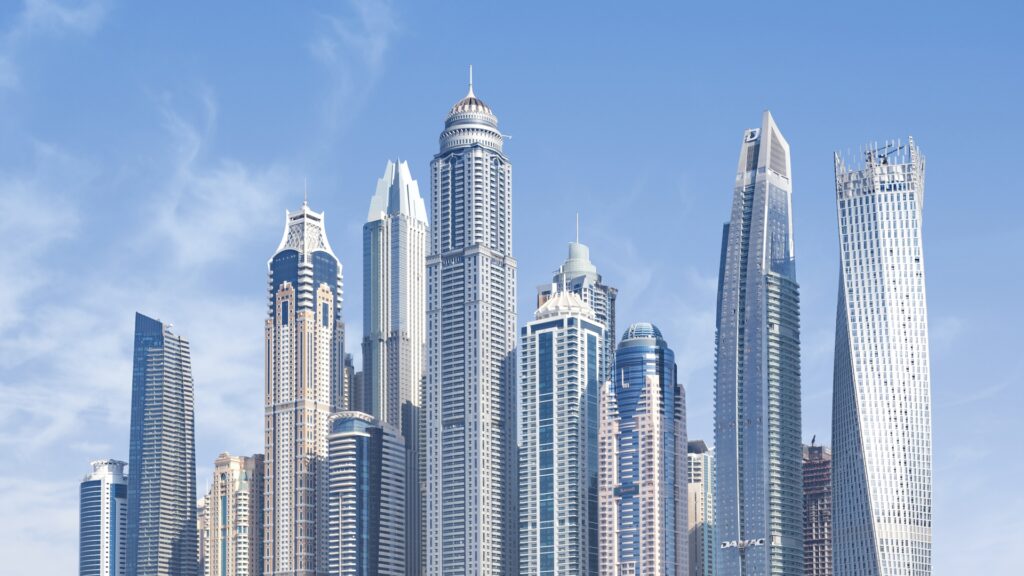
Dubai has firmly positioned itself on the global stage as a leading destination for ultra-luxury real estate. Durrani noted that the emirate “firmly established itself as the global epicentre for ultra-luxury real estate – surpassing legacy markets like New York, London and Hong Kong.”
This current boom follows a period of sharp demand increase since 2020. The emirate’s proactive measures during the pandemic, combined with its liberal visa policies, have played a significant role in attracting foreign buyers.
The luxury real estate segment, especially waterfront properties located on the iconic artificial palm-shaped islands, has particularly benefited from this influx. Wealthy expatriates have been drawn to the lifestyle and investment opportunities available.
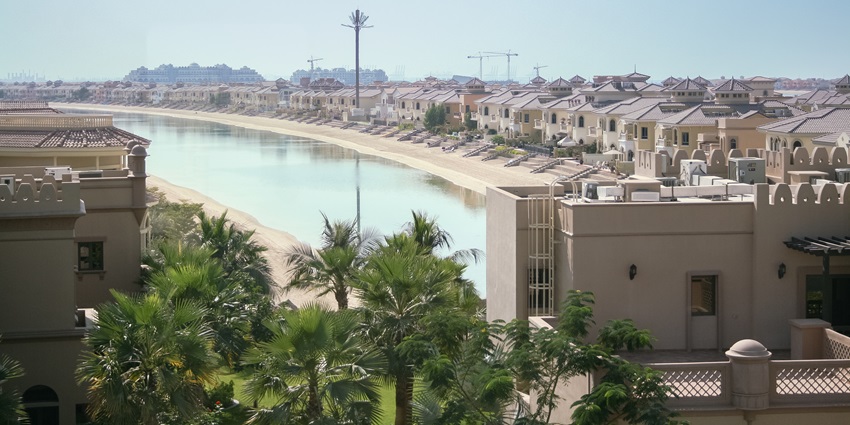
Palm Jumeirah remained a prime location for luxury transactions in the first quarter. According to Knight Frank’s data, the artificial island accounted for 34 deals involving homes worth over $10 million.
The cumulative value of these 34 transactions on Palm Jumeirah totaled $562.8 million in the first three months of the year. This demonstrates the concentrated value and desirability of properties in this specific area.
Emirates Hills followed Palm Jumeirah as another highly popular destination for high-value property sales. The community recorded 15 sales exceeding the $10 million mark in the first quarter.
The total value of the deals in Emirates Hills reached $356.7 million. This community also notably hosted the single most expensive transaction recorded during the quarter.

A six-bedroom villa located in Emirates Hills was sold for an extraordinary $106.3 million in January. This particular property had a significant appreciation, having been initially acquired for $6.6 million in 2015.
The robust performance in the first quarter builds on the strong results seen in the previous year. In 2023, Dubai ranked first globally in terms of both the value and volume of homes sold for $10 million-plus.
Last year, the emirate completed 435 deals in this luxury segment, amounting to a total value of $7.1 billion. These figures underscore the sustained high level of activity in the market.

The continuous influx of high-net-worth individuals is a crucial engine driving Dubai’s property market. Government initiatives such as residency permits for retired individuals and remote workers have contributed to this trend.
Expansion of the 10-year golden visa program has also been instrumental in attracting and retaining international talent and wealth. Furthermore, the overall growth and diversification efforts within the UAE economy provide a strong foundation.
Data from Henley & Partners, cited by Knight Frank, shows a significant migration of millionaires to the UAE. The country welcomed 7,200 millionaires in 2023, building upon inflows of 4,700 in 2023 and 5,200 in 2022.
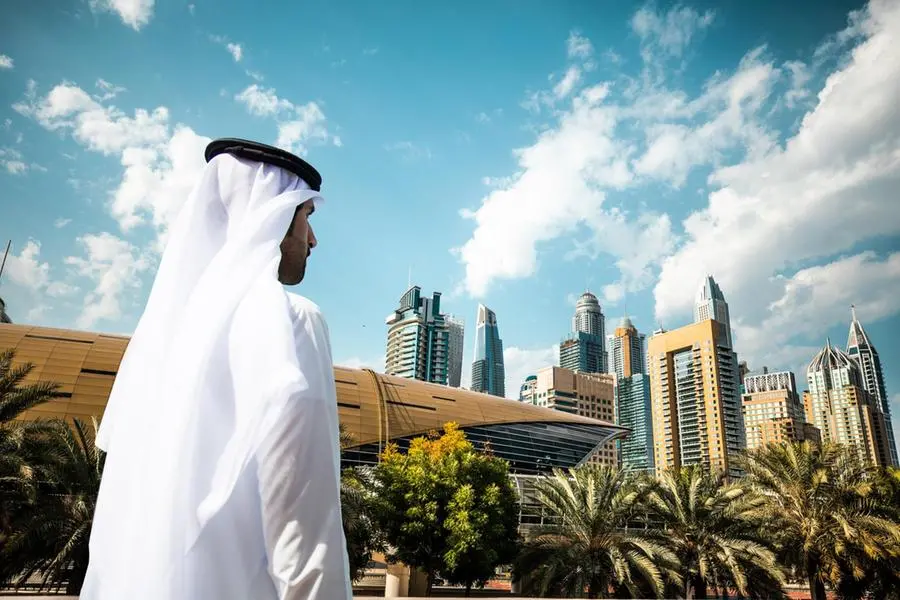
The total number of dollar millionaires residing in the UAE stood at 130,500 at the end of December. This places the Emirates as the 14th-largest wealth market globally.
The growth in the number of dollar millionaires in the UAE over the past decade has been particularly striking, soaring by 98 per cent. This makes the UAE the second-fastest-growing wealth market worldwide.
The primary source countries for these inbound millionaires include India, followed by the Middle East, Russia and CIS (the Commonwealth of Independent States), the UK, and Europe. This diverse origin base highlights Dubai’s global appeal.
Beyond individual wealth, the growth of family offices in the region is also providing support to the real estate market. These entities often seek to invest significant capital in stable assets like prime real estate.
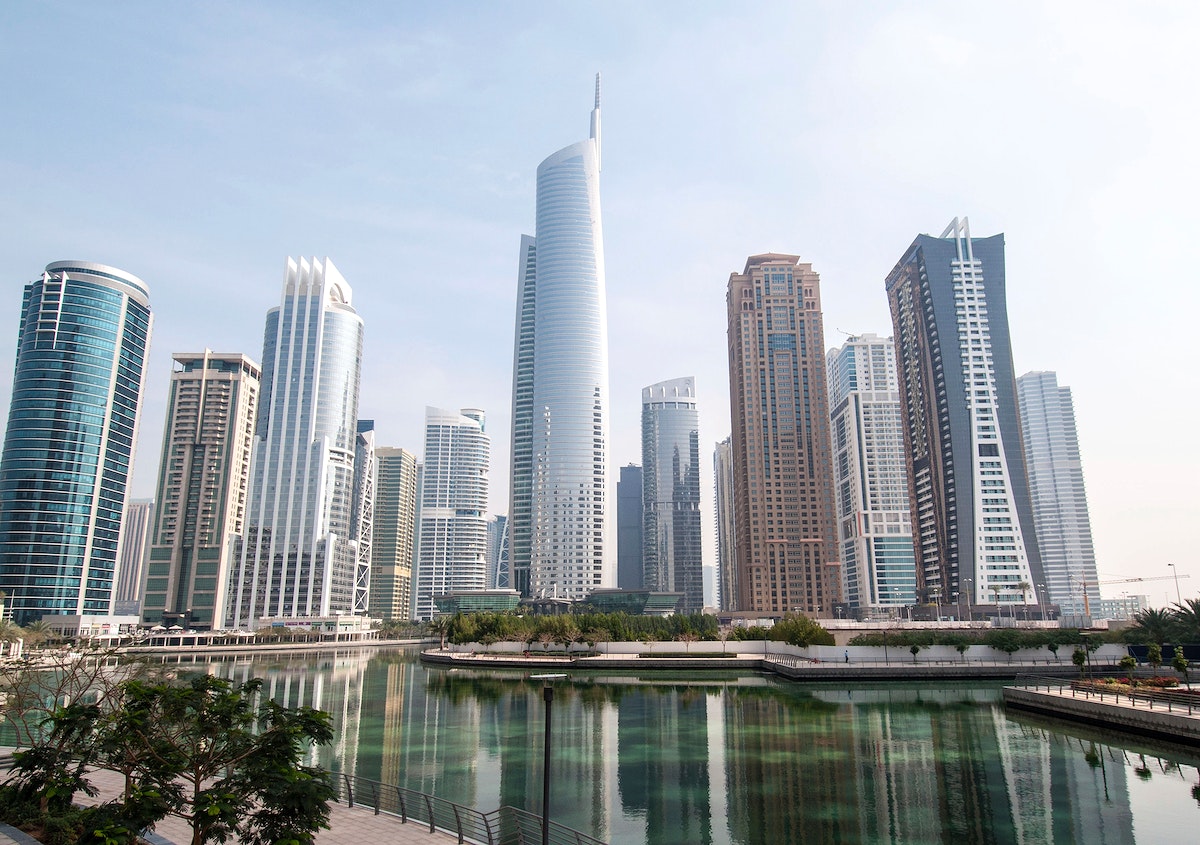
The appetite for purchasing real estate in Dubai shows a clear correlation with personal wealth levels. According to the report, this appetite “grew exponentially with levels of personal wealth.”
While 28 per cent of those with $2 million-$5 million expressed interest, this figure jumped dramatically to 78 per cent for individuals with more than $15 million, indicating strong conviction among the wealthiest.
Among ultra-high-net-worth individuals specifically considering a property purchase in Dubai, a significant proportion are prepared to make substantial investments. Twenty-five per cent are willing to spend $60 million to $80 million on a home.
Furthermore, a notable 16 per cent of these UHNWIs are open to considering properties priced at over $80 million. This high level of potential investment highlights the demand for the most exclusive properties.
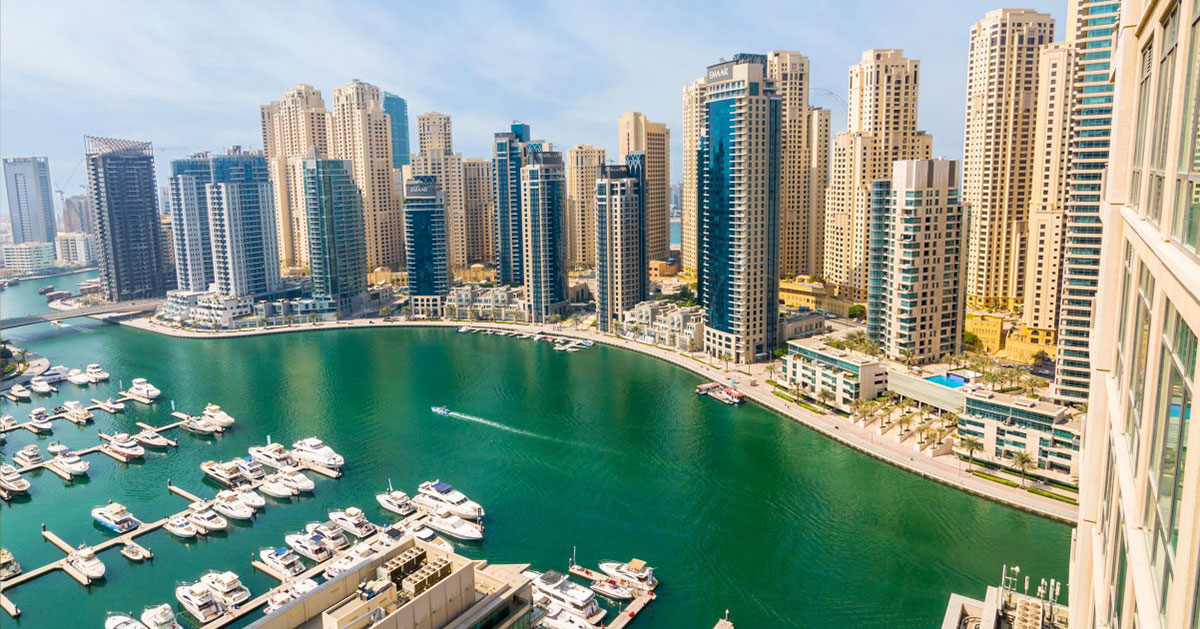
This robust demand is, perhaps unsurprisingly, putting pressure on available supply. The market is facing constraints, particularly in the higher-end segments.
In the Dh2,000 to 3,000 per square foot price range, which encompasses many prime and high-end properties, the delivery of new homes saw a significant decline in the first quarter.
New supply in this segment fell by 57 per cent year on year. A similar trend, though less severe, was observed in the Dh3,000 to 5,000 per square foot segment.
Deliveries in the Dh3,000 to 5,000 per square foot category were down by 39 per cent compared to the previous year. The most acute shortfall, however, is in the ultra-luxury sector.
In 2023, there were virtually no new villas delivered in the Dh5,000-plus per square foot category. This underscored the extreme scarcity of top-tier properties.
In 2024, the market saw only 16 new villas enter this price level. This low number further highlights the limited availability of Dubai’s most exclusive residential offerings, contributing to price appreciation and strong demand for existing stock.
Despite the strong performance and demand, analysts are sounding notes of caution regarding potential future risks. The sector now faces greater uncertainties looking ahead.
Related posts:
The boom in the luxury real estate market in Dubai has reached a new record: sales have increased by 5.7%
Dubai registers jump in $10m home sales in first quarter on influx of ultra-rich




